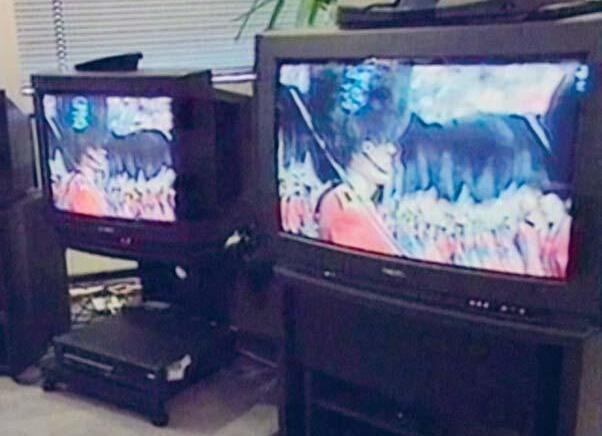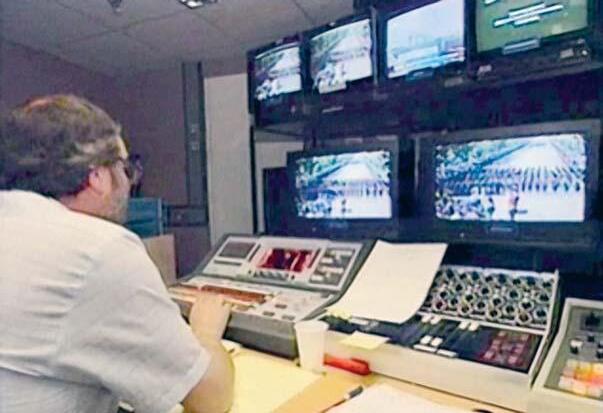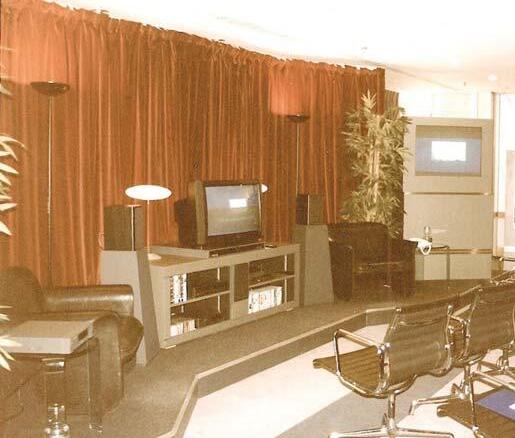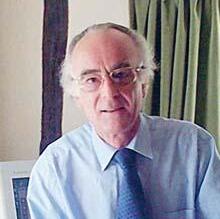
3 minute read
BACK TO THE BROADCASTING FUTURE

BY MARTIN BELL
Advertisement
Iwanted to become an electronics engineer and work in broadcasting and so joined the BBC as a Technical Trainee. This was 1961 and the Corporation was beginning to expand in anticipation of opening a second television channel. But after two years –and a further five as a cameraman in Television Centre Studios –I quit engineering and went into production.
I directed and produced programmes: some were good, some were dreadful, and a few won minor awards. Later I went freelance, working at times for ITV and making programmes through my own company for industrial organisations, returning to the BBC from time to time to work on specific projects.
I had no thoughts of returning to engineering, which I now regarded as a career false start, until one day in late 1994 that is, when I found myself sitting in a small demonstration room in Surrey, the home of BBC Research and Development, being given a masterclass on a new technology called ‘digital’ television. This would allow for multiple television services to be bundled together (multiplexed) and transmitted within one conventional broadcast channel. It opened up the prospect of more services, better picture quality and the introduction of widescreen. The technology was maturing and the broadcasters, regulator and government were beginning to show interest. The BBC had appointed a Controller to oversee a
‘Digital Broadcasting Project’, its main purpose being to demonstrate the nascent technology and the BBC’s ideas for employing it to government and opinionformers, and he needed a producer to devise demonstrations. He recruited me. The trouble was there was nothing to demonstrate –yet. An international group, the DVB (Digital Video Broadcasting), was hammering out a technical standard and under a European Commission collaborative programme BBC R&D, the IBA’s equivalent in Winchester, and research labs in France, Germany and Italy were building, transmitting and receiving equipment. Some were close, but not the BBC, which was late into the race. I went with BBC colleagues to meet opposite numbers at the French research base at CCETT in Rennes to ask to borrow their experimental transmitter and receiver (and the French engineers to operate it). There was an exhibition and demonstration area to conceive and construct, and I put together four two-hour long tapes of digital widescreen programmes. The BBC was shooting some drama in widescreen from which I could use extracts, but a widescreen news bulletin and weather forecast had to be created, so too widescreen trailers and network idents. A sequence of a Blue Peter was reshot, and a football match specially recorded, both in widescreen. Another new concept –a simulated on-screen programme guide –was created and run from laserdisc. Demonstrations took place in March 1995 to government and opposition politicians, other UK broadcasters, receiver manufacturers and retailers, industry journalists and others. Quite rapidly the form of the new digital television landscape began to emerge, and eventually BBC R&D had their own digital television transmitter and receiver which conformed to the recently signed-off international standard, DVB-T. The receiver was installed in the BBC’s White City building where a new demonstration area was created. A rudimentary playout area was built in TV Centre, for which I negotiated the purchase of some prototype equipment from the French company Thomson, which coded, compressed and multiplexed four programme streams to input to the transmitter. An experimental service with a real programme guide and the nowubiquitous ‘red button’ side channel, was broadcast from the London transmitter at Crystal Palace. The inaugural programme was Trooping the Colour live in widescreen, derived from the same broadcast truck providing conventional pictures to BBC One. It was June 1996. Over the next five months, I conducted over 90 demonstrations to BBC staff and industry professionals from Europe, the Far East and the UK.

In July 1996 the Broadcasting Act allowing for the introduction of digital television was signed into law. The following spring, its task now over, the Digital Broadcasting Project was wound up, and I eventually joined BBC Broadcast to work on the launch of real services in 1998. By now my previous incarnation as a producer was long over; I had become a BBC ‘suit’ with the dubious title of Chief Assistant, Digital Widescreen Development (though in one last throw I managed to moonlight, directing a BBC outside broadcast unit outside the Dome on Millennium night!). I later left the BBC and joined the Digital TV Group, a cross-industry association, as Director of Communications. There was much to proselytise about the new television, and frequent trips to Geneva for meetings of DigiTAG, a pan-European cross-industry group, of which I eventually became Vice-President. I retired in 2004.
So while I never quite returned to being a ‘techie’, my grounding all those years ago in electronics stood me in good stead. I was very fortunate.
Martin Bell’s book, Inventing Digital Television –The Inside Story of a Technology Revolution, is available to order from bookshops or online.










